That "Input Voltage = 10 to 100V" is for functionality only, it means the regulator will function when 10 V < \$V_{IN}\$ < 100 V.
The "damaging conditions" are under Absolute Maximum ratings and this only gives 100 V as the maximum \$V_{IN}\$.
So the lowest value (including negative) that \$V_{IN}\$ may have before the device is damaged is unspecified.
So I'd take the safe option and make sure that a negative \$V_{IN}\$ can never cause too much current to flow and voltage to develop across the regulator's input. That means adding a reverse polarity protection is a good idea.
The are other ways to implement reverse voltage protection without adding a voltage drop at the input. The simplest is a (self-resetting) fuse in series with the input and a (fast) diode across the regulator's input that conducts when there's a reverse voltage, see this question.
There are other solutions as well, some do not require a fuse, just use Google search on "reverse voltage protection circuit" and select the images tab.
==================================================================
Let's look in a bit more detail at the circuit in this regulator:

What happens when \$V_{IN}\$ < 0?
The zener diode will be in forward mode so it will drop up to ~0.7 V, the rest of the voltage will occur across BC junction of the NPN transistor, which will be in forward mode as well!
So a huge current can flow when \$V_{IN}\$ < -1.2 V as that voltage will basically be across two diodes in forward mode. For sure these diodes will break when the current gets too high.
So yes, reverse voltage protection is really needed.
